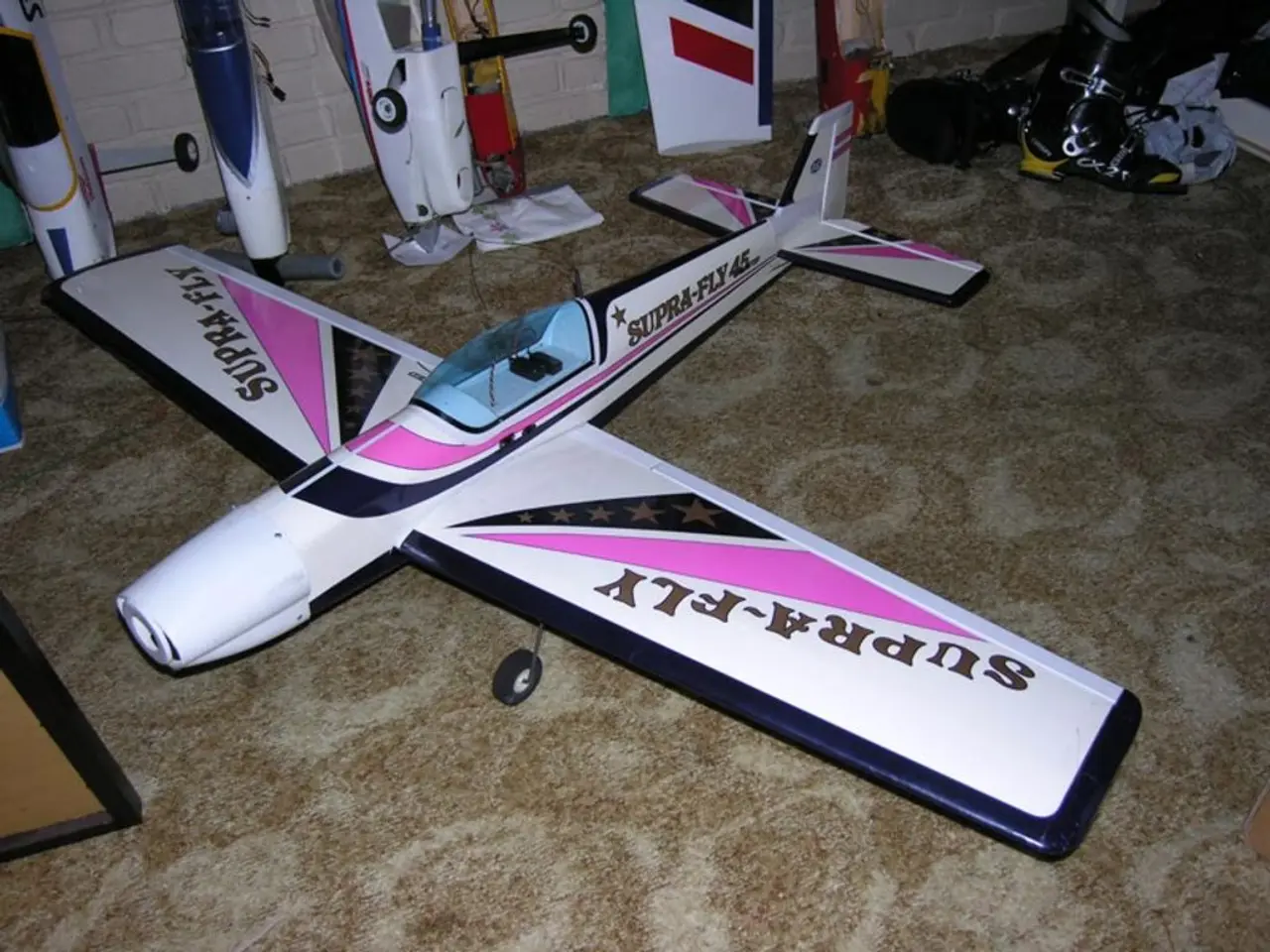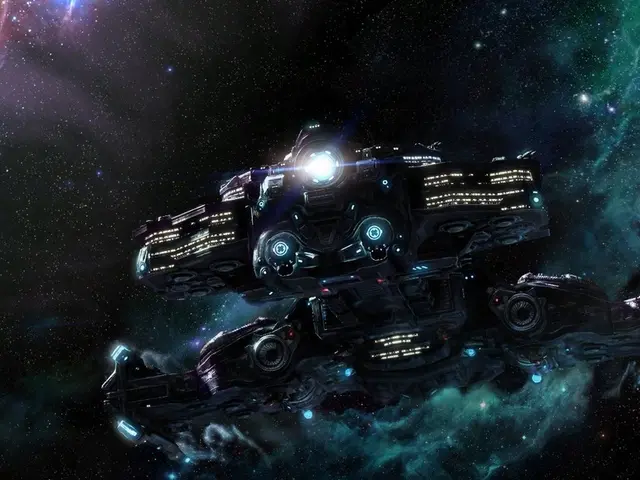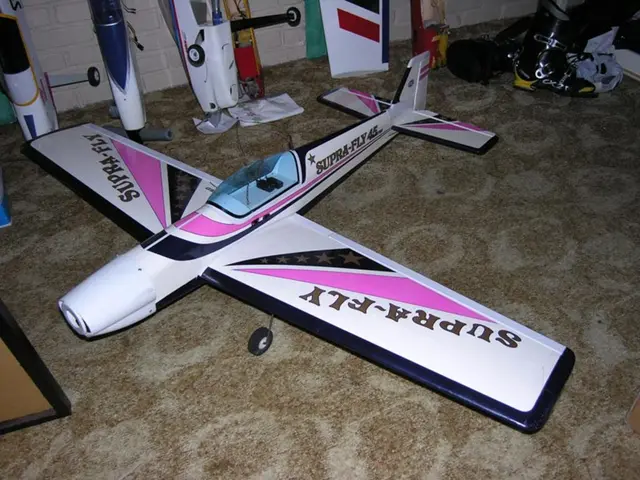SpaceX Propels NG-23 Journey to International Space Station With Updated Cargo Spacecraft Cygnus XL
SpaceX has successfully launched a Falcon 9 rocket from Cape Canaveral Space Force Station in Florida on September 14, 2022. This mission marks a significant step forward for the company, as the spacecraft it carries holds various science payloads that could revolutionize several sectors.
The spacecraft, which will eventually reach the International Space Station (ISS), is packed with experiments aimed at improving semiconductor crystals in microgravity, enhancing cryogenic fuel tanks, combating microbial growth in water, and pharmaceutical crystal experiments that could lead to new cancer treatments.
Accompanying the science payloads is the Cygnus XL cargo spacecraft, developed by Northrop Grumman. This is not just any ordinary cargo ship; it's the company's biggest yet, capable of hauling up to 11,000 pounds (4,990 kg) of supplies to orbit. The Cygnus XL spacecraft is named the S.S. William "Willie" McCool, honoring a late NASA astronaut who perished in the 2003 Space Shuttle Columbia accident.
The Falcon 9 rocket's first stage landed successfully on Landing Zone 2 at Cape Canaveral following stage separation, marking another successful reuse of the booster. This booster has previously flown for Ax-4, Crew-1, and a Starlink mission, demonstrating SpaceX's commitment to reusable rockets.
Meanwhile, the Cygnus XL is scheduled to arrive at the ISS on September 17, 2022. Upon its arrival, the ISS will capture the Cygnus XL using Canadarm2 before berthing it to the orbiting lab. After its stay at the ISS, the Cygnus XL will be released and will burn up in Earth's atmosphere.
Looking ahead, SpaceX has ambitious plans. The company aims to begin launching its Starship V3 vehicle on heavy flights in 2026. SpaceX also plans to attempt its first-ever "catch" of the fully reusable Starship V3 spacecraft in 2026.
In a related development, earlier the same day, SpaceX launched 24 Starlink satellites from Vandenberg Space Force Base in California, marking its milestone 300th Starlink mission. As SpaceX continues to push the boundaries of space travel, these milestones are a testament to their relentless pursuit of innovation.
However, despite these exciting developments, the identity of the Northrop Grumman team leader responsible for flying the Cygnus XL to the ISS remains unknown, adding an element of mystery to this remarkable mission.
Read also:
- AI Inspection Company, Zeitview, Secures $60 Million Funding for Expansion
- "Worldwide Initiative Introduces Scheme to Boost Eco-friendly Entrepreneurship in Underdeveloped Regions Worldwide"
- Experiencing Communications with My Spiritual Guardian Involves a Series of Experiments
- Electric public transportation, manufactured in Latvia, has begun functioning in Vilnius.








